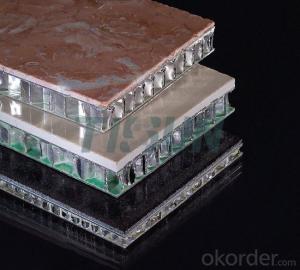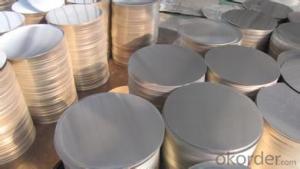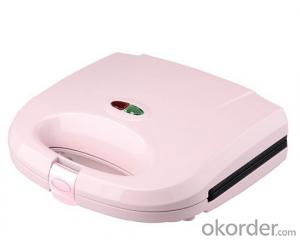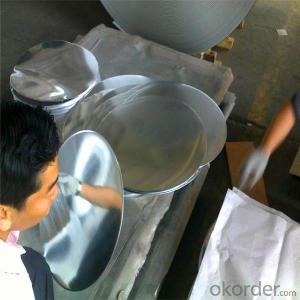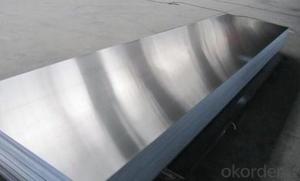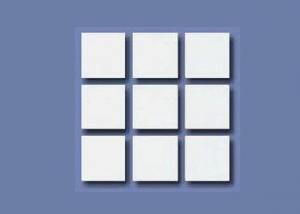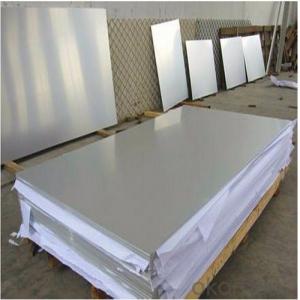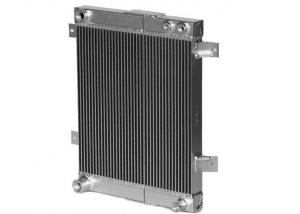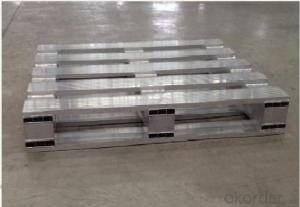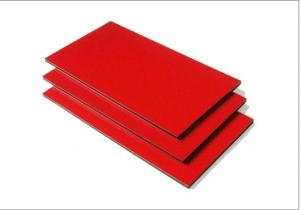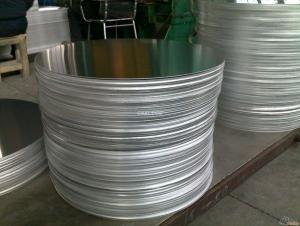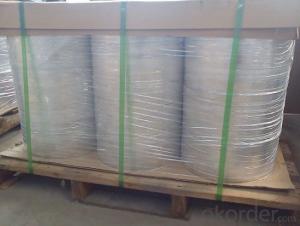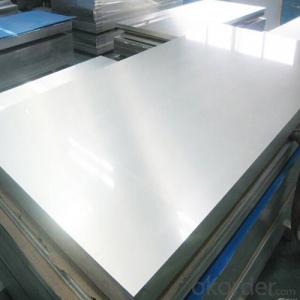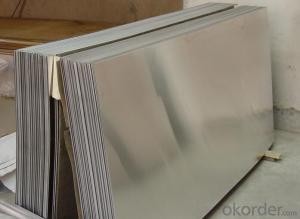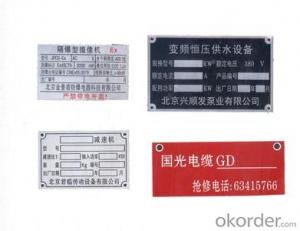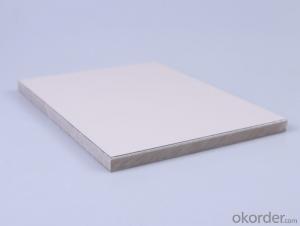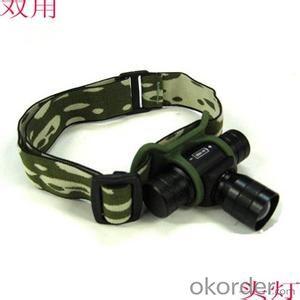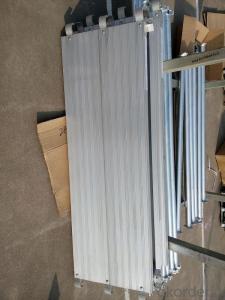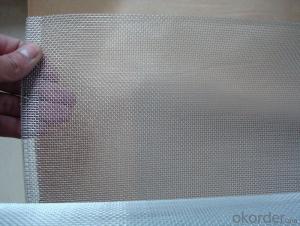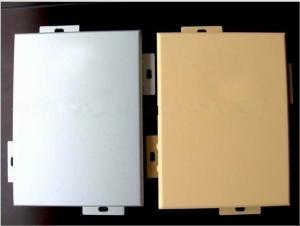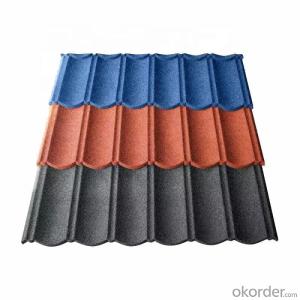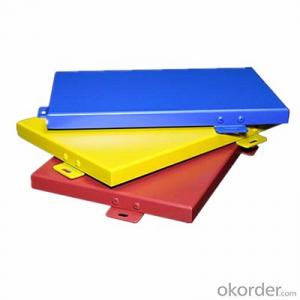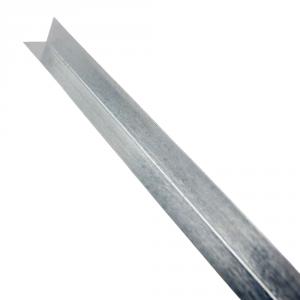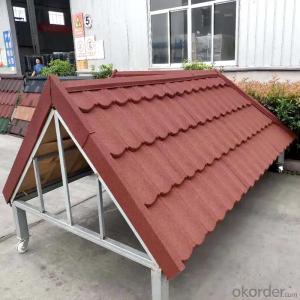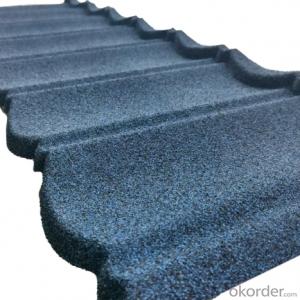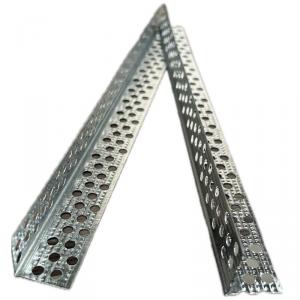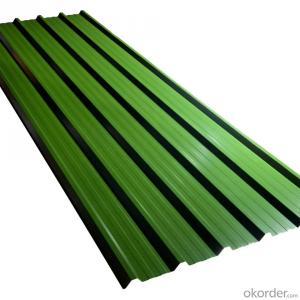Halco Aluminum Plate
Halco Aluminum Plate Related Searches
Alcoa Aluminum Plate Aluminum Heater Plate Aluminum Wall Plate Aluminum Heel Plate Aluminum Cold Plate Aluminum Surface Plate Aluminum Hot Plate Aluminum Metal Plate Aluminum Caul Plate Aluminum Paper Plate Aluminum Plate Heater Hardened Aluminum Plate Aluminum Floor Plate Honeycomb Aluminum Plate Aluminum Heat Sink Plate Aluminum Flat Plate Aluminum Oxide Plate Aluminum Plenum Plate Aircraft Aluminum Plate Aluminum Honeycomb Plate Arconic Aluminum Plate Aluminum Grill Plate Aluminum Cooling Plate Thick Aluminum Plate Aluminum Cooking Plate Aluminum Deck Plate Small Aluminum Plate Home Depot Aluminum Plate Slotted Aluminum Plate Aluminum Cake PlateHalco Aluminum Plate Supplier & Manufacturer from China
Halco Aluminum Plate is a high-quality product that is widely recognized for its durability and versatility. This type of aluminum plate is made from premium-grade aluminum and is designed to meet the demands of various industries. Halco Aluminum Plate is known for its excellent strength-to-weight ratio, making it an ideal choice for applications that require lightweight yet strong materials. The product is commonly used in construction, automotive, aerospace, and other industries where high-performance materials are essential. Its corrosion resistance and ability to withstand harsh environmental conditions make it a popular choice for both indoor and outdoor applications.Halco Aluminum Plate is utilized in a variety of applications, including structural components, exterior cladding, and decorative elements. Its lightweight nature makes it perfect for use in vehicles and aircraft, where reducing weight is crucial for fuel efficiency and performance. Additionally, its malleability allows for easy fabrication and shaping, which is beneficial for creating intricate designs and structures. The product's resistance to corrosion and weathering also makes it suitable for outdoor use, such as in building facades and signage, where it can maintain its appearance over time without requiring frequent maintenance or replacement.
Okorder.com is a leading wholesale supplier of Halco Aluminum Plate, offering a vast inventory to cater to the needs of various industries. As a trusted supplier, Okorder.com ensures that the products they provide meet the highest quality standards and are sourced from reputable manufacturers. Their extensive inventory allows customers to find the specific grade and thickness of Halco Aluminum Plate required for their projects, making it a one-stop solution for all aluminum plate needs. With competitive pricing and efficient shipping, Okorder.com is the go-to platform for businesses and individuals seeking Halco Aluminum Plate for their applications.
Hot Products





